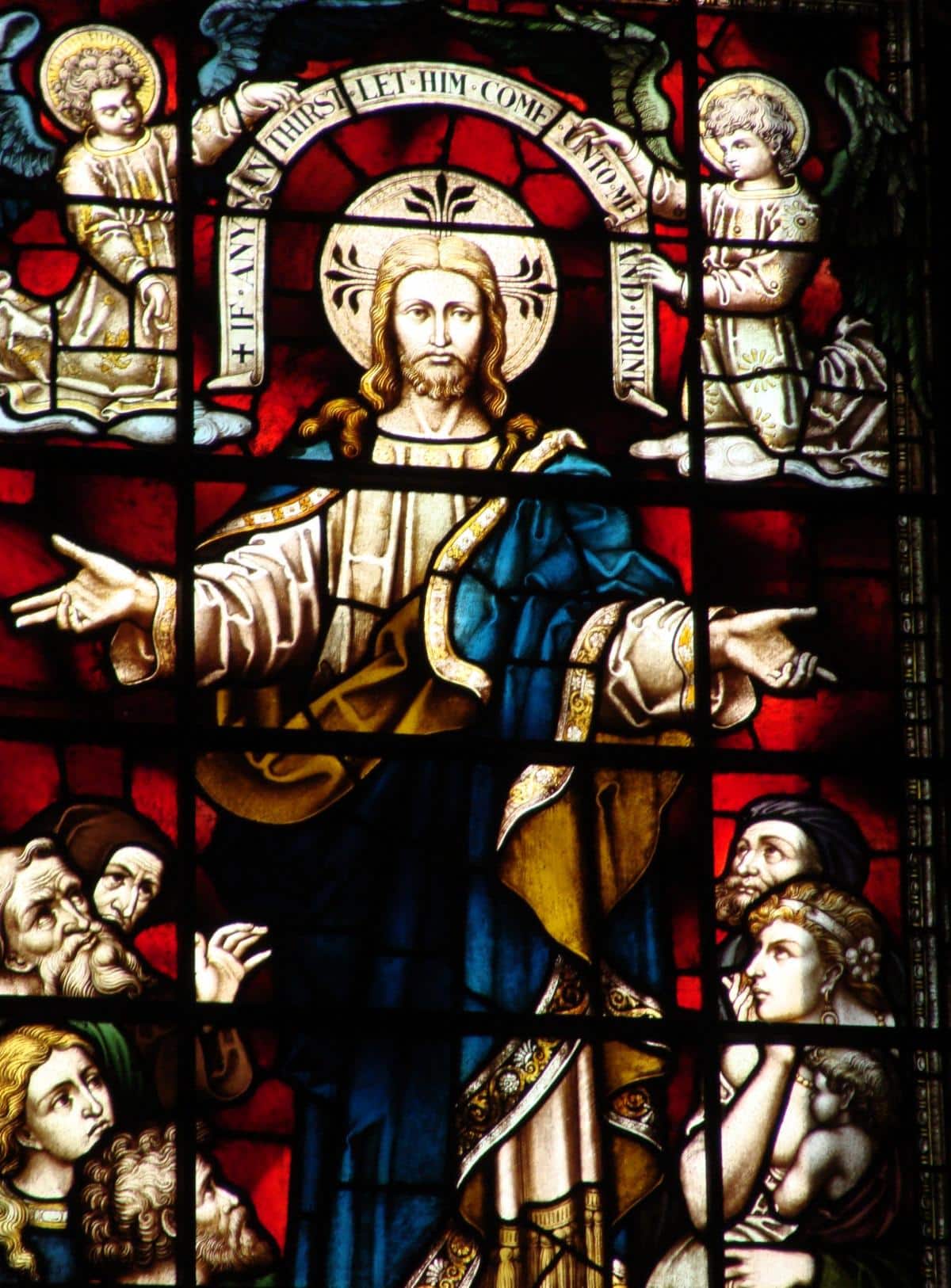Dear Trinity Church and friends,
In my role as Historian at Trinity Church I keep returning to the same question, what is in a name?
Having been raised in Virginia, attending school in North Carolina, and after a few years meandering around the deeper Southern states, I am aware of a bias as my eyes rake the early Trinity records listing the names of pew holders, and those who were married, baptized, and died. There are names that jump out at me as distinctly Southern, and I am compelled to dig a little deeper into the histories of the individuals. If they were indeed Southern, what were they doing “up North?”
One such name that struck me was that of Resin Davis Shepherd (1784-1865).
Biographers note that he was born in Shepherdstown, Virginia, and accumulated his wealth through shipping and real estate investments in Louisiana and Virginia. He purchased a residence in Boston in 1814 after the death of his wife Lucy. He wanted their only child, Ellen, to have a refined New England education.
When residing in Boston, Shepherd continued his entrepreneurial pursuits. In 1824 he was listed as a district branch officer for the U.S. Bank along with Gardiner Greene, Thomas Handasyd Perkins, Horace Gray, David Sears, and others. He served as a director of the Atlas Insurance Company that provided fire and maritime insurance.
Shepherd was a devout Episcopalian. Back in his hometown of Shepherdstown he was instrumental in the erection of that city’s Trinity Episcopal Church. He was active in Boston as well. He served on a Trinity committee to figure out how to better warm the building. He purchased pew 76 at Trinity Church in 1827.
What is in a name?
Milly, Jenny, Lucy Ann, Peter, Sauny, Lucy, Jenny, Palahkew, Nancy, Gruff, George, Diza, Ned, Unnamed Person, Lucy, Nancy, George, John, Nelly, Charlotte, Anna, Martha, Rachel, Esther, Eliza, Sylvia, and Eliza. They ranged in age from eight to thirty. These are the names of the Black men, women, and children sold by Shepherd’s company, RD & Co., in 1818 to Germain Musson, a major cotton merchant in New Orleans and grandfather of Edgar Degas.
RD & Co. was listed as an investor in the ship, the James Monroe, along with 15 other individuals and entities when it departed Norfolk, Virginia with 120 enslaved people to be sold in New Orleans. RD & Co. owned and/or invested in many ships carrying merchandise ranging from cotton to people. Shepherd actively participated in the Intra-American slave trade, used enslaved labor in his Southern homes and plantations, and derived significant profit from cotton and sugar production.
In the 1840s Shepherd began to prepare for his retirement. He bought out other family members’ interests in the Virginia estate, Wild Goose Farm, including all “land, livestock and slaves.” An 1850 Virginia census shows there were at least 15 enslaved people at the estate. Shepherd died at this mansion home in 1865. An obituary in the New Orleans Times-Picayune noted that he had been one of the largest landowners in New Orleans and had an estate worth two to three million dollars. When he died, his considerable estate, including properties in New Orleans, was left to his daughter, Ellen and her two sons. By the time of his death in 1865, Ellen had married Gorham Brooks, the son of Peter Chardon Brooks. Trinity Church records note they were married by Trinity Rector John Sylvester John Gardiner in 1829.
Ellen’s father-in-law Peter Chardon Brooks made his fortune in maritime insurance, a trade that included insuring ships that carried enslaved Africans. After his death, his considerable fortune was divided among his children including Gorham and his brother Sidney. Sidney Brooks paid for the chancel window, ‘The Preacher.’
What is in a name? As we delve into the rich and complicated history of Trinity Church, we surface names we recognize and names we don’t. We uncover stories of triumph and tragedy, stories that compel us to come to terms with the human costs underpinning the beauty around us.
Until next month,
Cynthia

